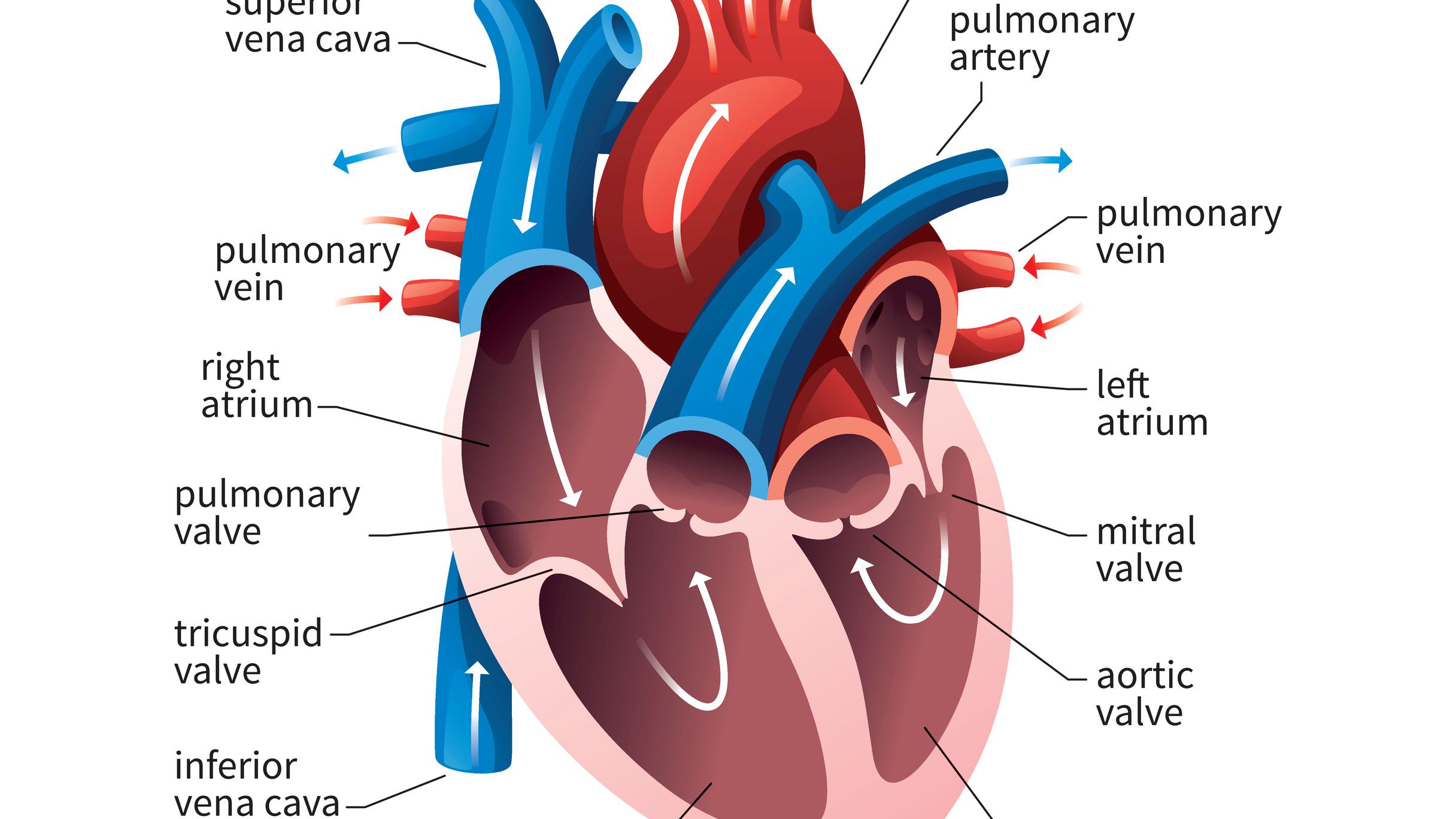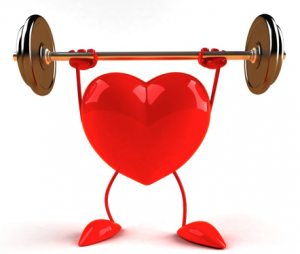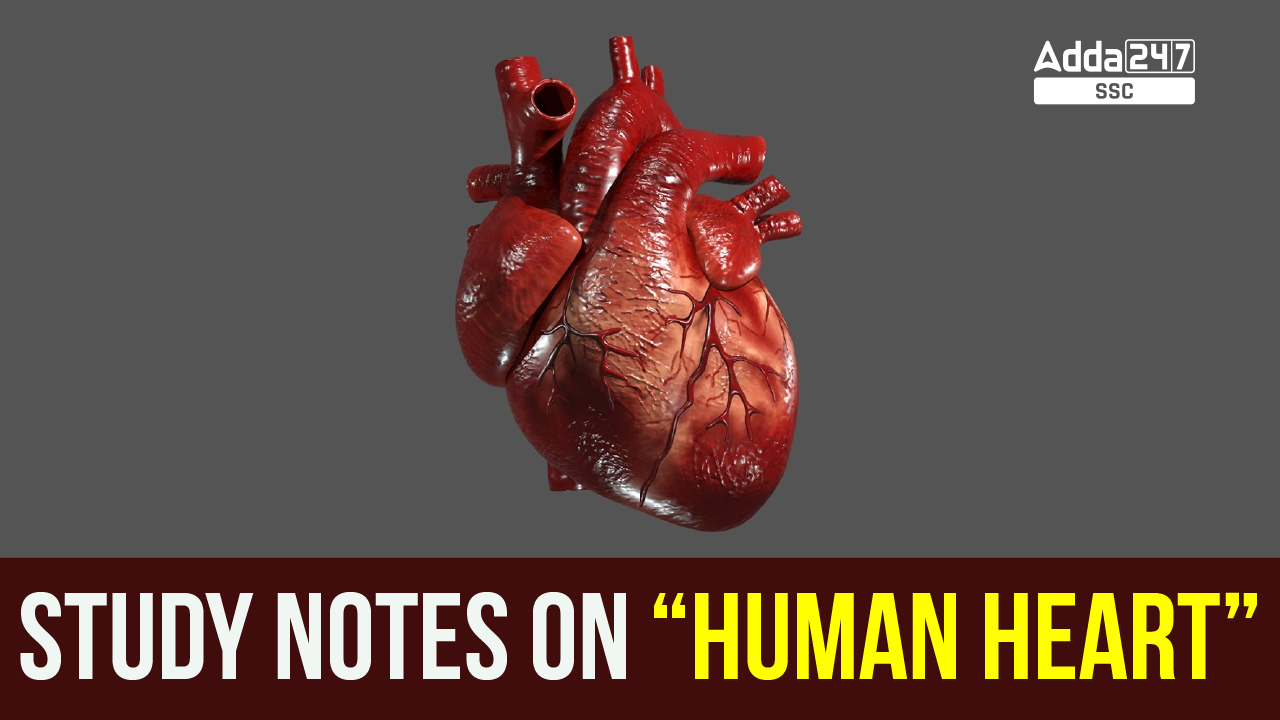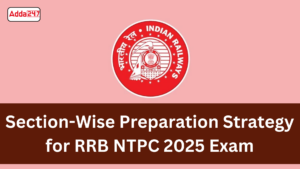Table of Contents
General Science is extremely important for all government recruitment exams & questions based on General Science or General Awareness are frequently asked in various exams like UPSC IAS (Civil Service Exam), SSC CGL, SSC CHSL, and RRB exams. It has more important in the exams conducted by the SSC or other competitive exams which have General Science in their syllabus. To let you make the most of the General Science section, we are providing notes on “Human Heart ”. Read below to get compressive knowledge about Human Heart.
HUMAN HEART
The human heart is an organ that pumps blood throughout the body via the circulatory system, supplying oxygen and nutrients to the tissues and removing carbon dioxide and other wastes.
The heart is roughly the size of a fist and is divided into four chambers: the right atrium, the right ventricle, the left atrium, and the left ventricle. The atria are smaller chambers that receive blood from the veins and then pump it into the ventricles. The ventricles are larger and more muscular chambers that pump blood out of the heart and into the arteries.
The heart is a vital organ that plays a critical role in the circulatory system. It works continuously, contracting and relaxing to circulate blood throughout the body. The heart is made up of specialized cells that generate electrical signals to coordinate the heart’s contractions. The rhythmic beating of the heart is controlled by a complex system of electrical impulses and hormones.
The human heart has four chambers:

- The right atrium and right ventricle together make up the “right heart,”
- the left atrium and left ventricle make up the “left heart.”
- A wall of muscle called the septum separates the two sides of the heart.
- Valves prevent backflow, keeping the blood flowing in one direction through the heart.
A double-walled sac called the pericardium encases the heart, which serves to protect the heart and anchor it inside the chest.
Between the outer layer, the parietal pericardium, and the inner layer, the serous pericardium, runs pericardial fluid, which lubricates the heart during contractions and movements of the lungs and diaphragm.
The heart’s outer wall consists of three layers:-
- The outermost wall layer, or epicardium, is the inner wall of the pericardium.
- The middle layer, or myocardium, contains the muscle that contracts.
- The inner layer, or endocardium, is the lining that contacts the blood.
- The sinoatrial node produces the electrical pulses that drive heart contractions.
Functions of the Human Heart
The heart circulates blood through two pathways:
- The pulmonary circuit
- The systemic circuit
In the pulmonary circuit, deoxygenated blood leaves the right ventricle of the heart via the pulmonary artery and travels to the lungs, then returns as oxygenated blood to the left atrium of the heart via the pulmonary vein.
In the systemic circuit, oxygenated blood leaves the body via the left ventricle to the aorta, and from there enters the arteries and capillaries where it supplies the body’s tissues with oxygen. Deoxygenated blood returns via veins to the vena cava, re-entering the heart’s right atrium.
The cardiovascular system circulates blood from the heart to the lungs and around the body via blood vessels.
Blockage of an artery can cause a heart attack or damage to the muscle of the heart. A heart attack is distinct from cardiac arrest, which is a sudden loss of heart function that usually occurs as a result of electrical disturbances of the heart rhythm.
How does the Heart Beats?

How does the heartbeat? Before each beat, your heart fills with blood. Then its muscle contracts to squirt the blood along. When the heart contracts, it squeezes — try squeezing your hand into a fist. That’s sort of like what your heart does so it can squirt out the blood. Your heart does this all day and all night, all the time. The heart is one hard worker!
The heart contains electrical “pacemaker” cells, which cause it to contract — producing a heartbeat.
A healthy heart contraction happens in five stages.
1st stage: (early diastole), the heart is relaxed.
2nd stage: Then the atrium contracts (atrial systole) to push blood into the ventricle.
3rd stage: The ventricles start contracting without changing volume.
4th stage: Then the ventricles continue contracting while empty.
5th stage: Finally, the ventricles stop contracting and relax.
Then the cycle repeats.
How to keep your Heart Healthy?

Most kids are born with a healthy heart and it’s important to keep yours in good shape. Here are some things that you can do to help keep your heart happy: Remember that your heart is a muscle. If you want it to be strong, you need to exercise it. How do you do it? By being active in a way that gets you huffing and puffing, like jumping rope, dancing, or playing basketball. Try to be active every day for at least 30 minutes! An hour would be even better for your heart! Consume a diverse range of nutritious foods, while avoiding those high in unhealthy fats, such as saturated and trans fats. It’s helpful to read the labels on food packages to see if your favorite snacks contain unhealthy ingredients. Try to eat at least five servings of fruits and vegetables every day. Avoid drinking sugary sodas and fruit drinks Lastly, refrain from smoking, as it can harm both the heart and blood vessels.
How to prevent Heart Disease?
In order to keep your heart healthy, it is important to focus on some of the habits and turn them into healthy habits:
- Try to manage stress
- Stay at a healthy weight
- Eat Healthily
- Get Active
- Quit smoking and stay away from secondhand smoke.
- Control your cholesterol and blood pressure.
- Drink alcohol only in moderation.
- Stay Happy.
| You may also like to read: | |
| Parliament of India | Dams in India |
| Union Territories in India | Largest State in India |



 Free Study Material for CBSE Junior Assi...
Free Study Material for CBSE Junior Assi...
 Free Study Material for SSC CGL 2025, Do...
Free Study Material for SSC CGL 2025, Do...
 Section-Wise Preparation Strategy for RR...
Section-Wise Preparation Strategy for RR...


